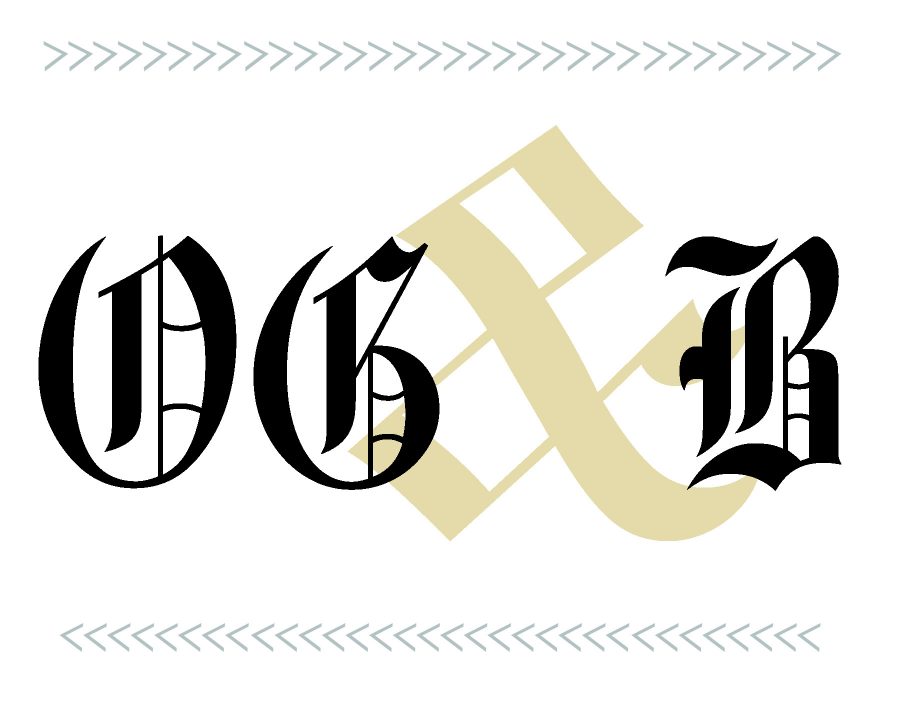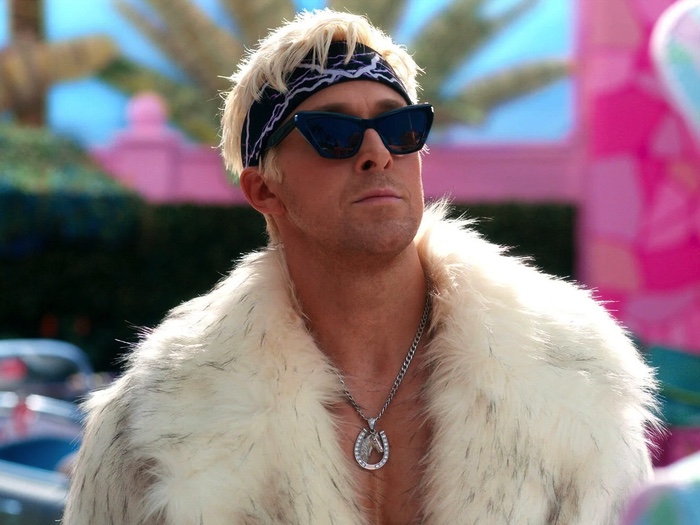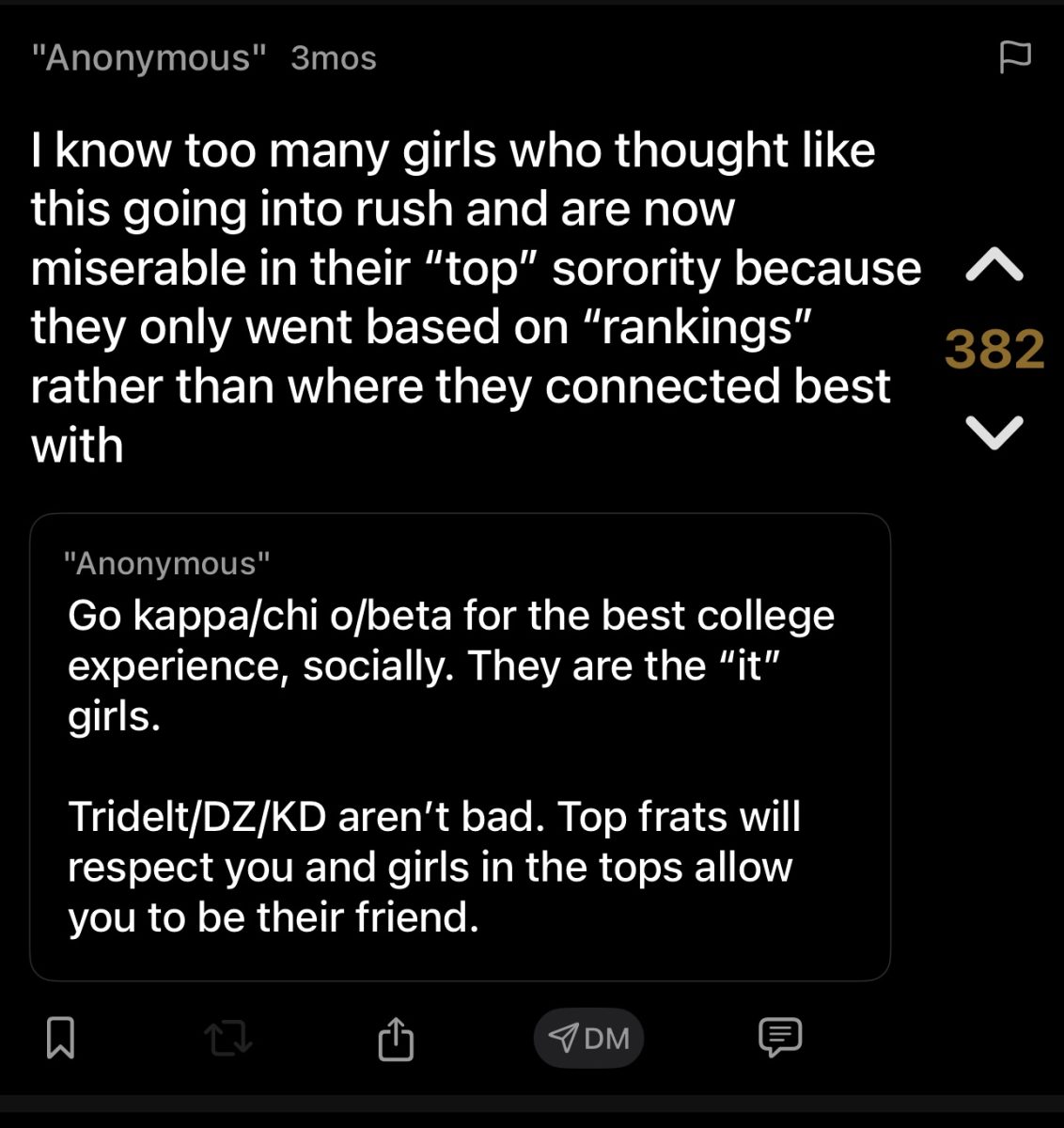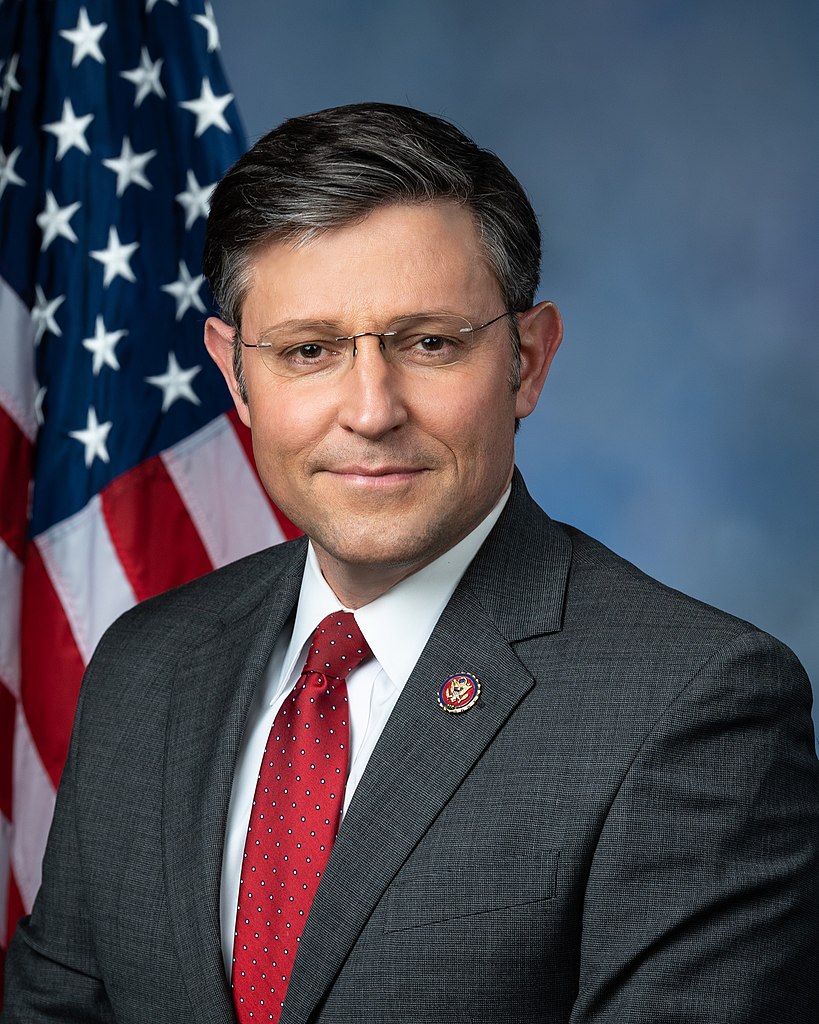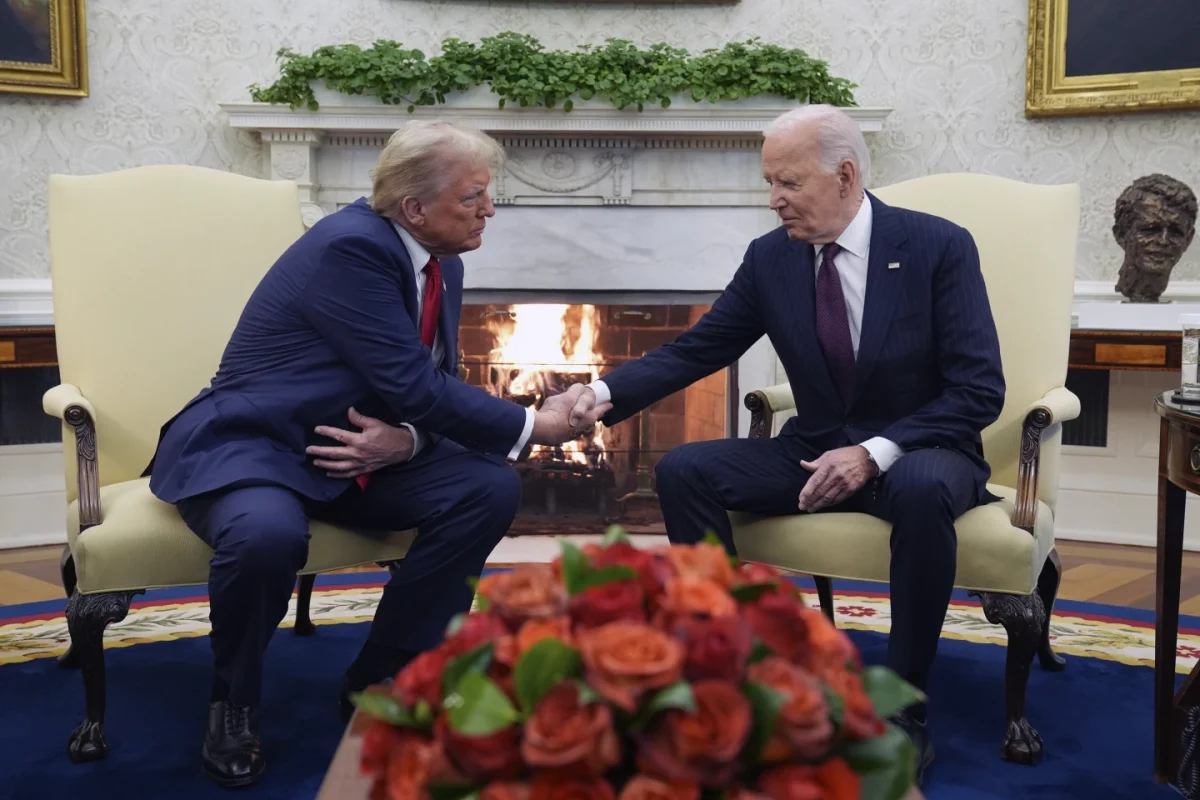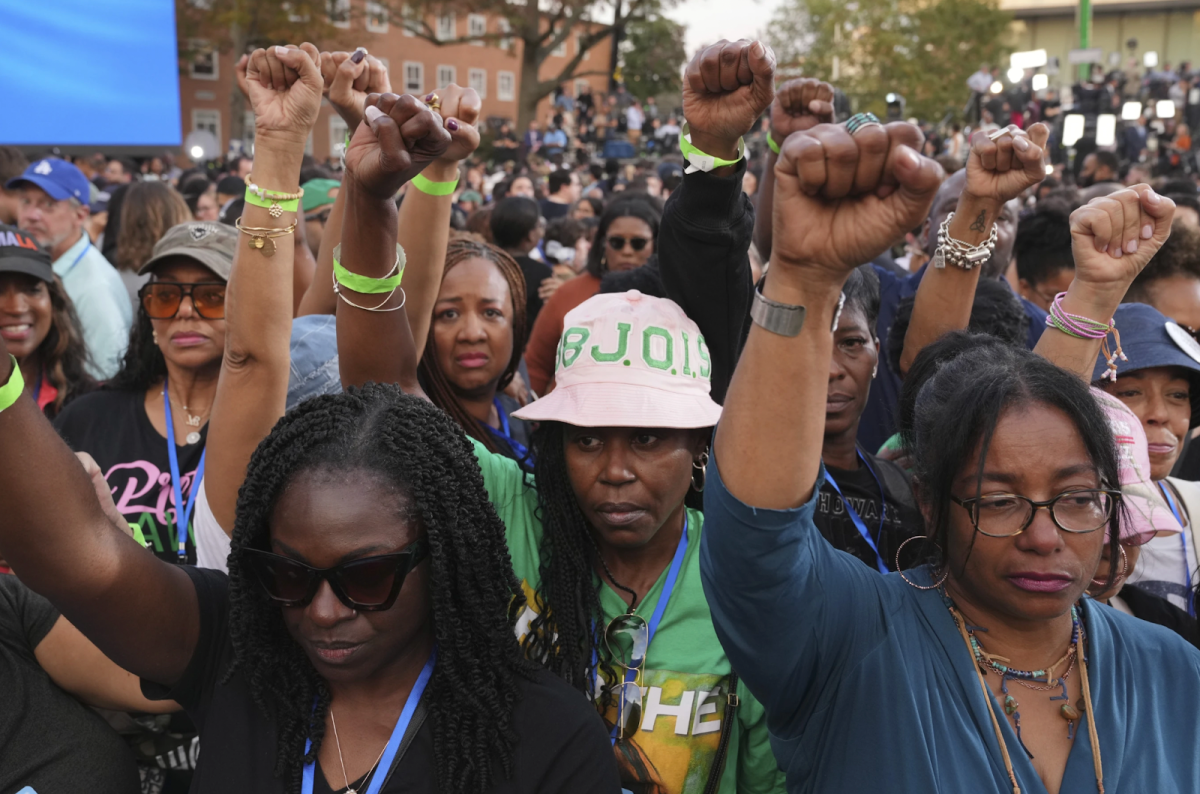This week the Smithsonian Institution in Washington, D.C. awarded Jeff Bezos the Portrait of a Nation prize at the biennial American Portrait Gala. Bezos and his fellow recipients, including Hamilton star Lin-Manuel Miranda and members of the band Earth, Wind & Fire, were celebrated with humungous photographic portrait installations in the Smithsonian National Portrait Gallery. Bezos’ portrait, made by the photographer Robert McCurdy, is appropriately crude and uninspired, a fitting assessment of the Amazon CEO’s commitment to his employees.
Portraiture is itself a highly political medium. It expresses how societies perceive political and commercial figures, as well as familial and working-class peers. We create portraits of our mothers, fathers, children and neighbors, as well as of influential political and commercial leaders. Portraiture can be highly official and traditionalized, such as the long history of Venetian Doge portraiture, or it can be organic and simultaneous, such as Dorothea Lange’s Migrant Mother, likely the defining image to come out of the American Great Depression. Steve McCurry’s portrait Afghan Girl, which appeared on the June 1985 cover of National Geographic, has been likened to Leonardo da Vinci’s Mona Lisa and penetrated the American political conscious. Portraiture is a versatile medium, with the capacity to encapsulate a personality and a moment. Bezos’ portrait is aesthetically unimpressive. Awkwardly obscured in shadow and uncomfortably composed, Bezos seems uninterested and unapproachable. His stare seems almost obsessive but at the same time absolutely vacant. The dimensions of the image are made strikingly clear by the photographs of Bezos admiring his portrait at the ceremony. Visitors of the Newly Acquired section of the National Portrait Gallery will be towered over by Bezos’ portrait; Bezos will stare directly over most visitors’ heads.
It is also important to consider whom we celebrate with the honor of portraiture. The walls of the Smithsonian National Portrait Gallery in Washington D.C. are already filled with slave owners and genocidaires, so a digital photograph of one of the world’s richest humans seems accordingly inconsequential. However, Bezos embodies two (related) distinctly American problems: that of the billionaire class and that of the detached and disinterested CEO.
As progressive Democratic candidates for the presidency battle for attention and legitimacy, the issue of wealth distribution has become popularly contentious. Widespread considerations of wealth taxes in varying degrees have risen from the increasingly common notion that wealth accumulation in the billions is largely immoral, especially when much of the country is in dire need of financial support. Bezos and Microsoft founder Bill Gates regularly jockey for the title of World’s Wealthiest Human, a terrifying and seemingly unjustifiable economic situation to be in.
It should be noted that Bezos’ award was for “achievement in business.” Bezos certainly achieved something; however it is seemingly ambiguous whether what he created is something worth celebrating. The increasingly pervasive and ubiquitous nature of Amazon has driven brick and mortar stores nearly out of business and has had especially dire effects for independent store owners. With the attractive convenience of extremely expedited shipping options have come increasingly unsustainable shipping practices, with pressing implications for our country’s movement towards sustainable commerce.
In my opinion, the most reprehensible aspect of Bezos’ supposed achievements in business are the conditions of his workers. As Bezos enriches himself minute by minute, Amazon workers claim they are routinely punished for workplace injuries, withheld bonus and stock options and subjected to dangerous and inhumane working conditions.
Whole Foods employees complain of a similar decline in working conditions following the company’s acquisition by Amazon. Labor deficiencies, increasingly strenuous workloads and declining labour budgets are among their complaints.
Bezos’ achievements in business seems primarily exploitative in nature. To celebrate his immense wealth acquisition and exploitative labor practices as an achievement in business suggests a fundamental disconnect between negative perceptions of wealth acquisition and labor exploitation and positive impressions of the services Amazon provides. To laud Bezos’ business practices and immense and likely immoral wealth acquisition with a commissioned portrait to be displayed in the nation’s official gallery is an irresponsible use of artistic expression and an indication of the disconnection between the nation’s top cultural institutions and the quotidinal experiences of working class laborers.


